Rising Urbanization
The Food Delivery Service Market is experiencing a notable surge due to increasing urbanization. As more individuals migrate to urban areas, the demand for convenient food options escalates. Urban dwellers often lead busy lifestyles, which drives the need for quick and accessible meal solutions. According to recent data, urban populations are projected to reach 68% by 2050, further amplifying the demand for food delivery services. This trend indicates a shift in consumer behavior, where convenience takes precedence over traditional dining experiences. Consequently, food delivery services are adapting to cater to this growing demographic, offering diverse menus and rapid delivery times to meet the expectations of urban consumers.
Technological Advancements
Technological advancements play a pivotal role in shaping the Food Delivery Service Market. The integration of mobile applications and online platforms has revolutionized how consumers order food. With the proliferation of smartphones, consumers can now access a plethora of food options at their fingertips. Data suggests that mobile app usage for food delivery has increased significantly, with a projected growth rate of 20% annually. Additionally, innovations such as artificial intelligence and machine learning are enhancing customer experiences by personalizing recommendations and optimizing delivery routes. These technological developments not only streamline operations but also improve customer satisfaction, thereby driving growth in the food delivery sector.
Changing Consumer Preferences
The Food Delivery Service Market is witnessing a shift in consumer preferences towards convenience and variety. Modern consumers increasingly favor the option to enjoy meals from various cuisines without the need to dine out. This trend is reflected in the rising popularity of food delivery services, which offer an extensive range of culinary choices. Market data indicates that approximately 60% of consumers prefer ordering food online rather than cooking at home. This inclination towards food delivery is further fueled by the desire for unique dining experiences, as consumers seek to explore different flavors and dishes from the comfort of their homes. As a result, food delivery services are expanding their offerings to include diverse and exotic menu items.
Expansion of Delivery Networks
The Food Delivery Service Market is benefiting from the expansion of delivery networks, which enhances accessibility for consumers. As competition intensifies, food delivery companies are investing in logistics and infrastructure to ensure timely and efficient service. This expansion includes partnerships with local restaurants and the establishment of dedicated delivery fleets. Recent data indicates that the number of food delivery service providers has increased by 25% over the past year, reflecting the growing market potential. Additionally, the rise of third-party delivery platforms has further broadened the reach of food delivery services, allowing consumers in remote areas to access a variety of dining options. This increased accessibility is likely to drive further growth in the food delivery sector.
Increased Focus on Health and Wellness
The Food Delivery Service Market is increasingly influenced by a heightened focus on health and wellness among consumers. As individuals become more health-conscious, there is a growing demand for nutritious meal options that cater to specific dietary needs. This trend is evident in the rising popularity of meal delivery services that offer organic, gluten-free, and plant-based options. Market Research Future indicates that health-oriented food delivery services have seen a growth rate of 15% in recent years. This shift towards healthier eating habits is prompting food delivery companies to collaborate with nutritionists and chefs to create balanced meal plans that appeal to health-conscious consumers. Consequently, the food delivery sector is evolving to meet the demands of a more health-aware clientele.


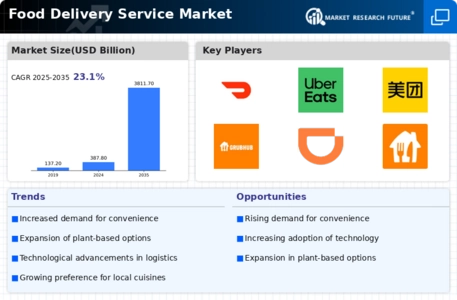

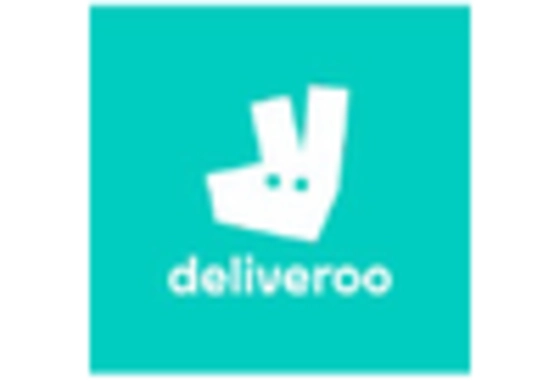

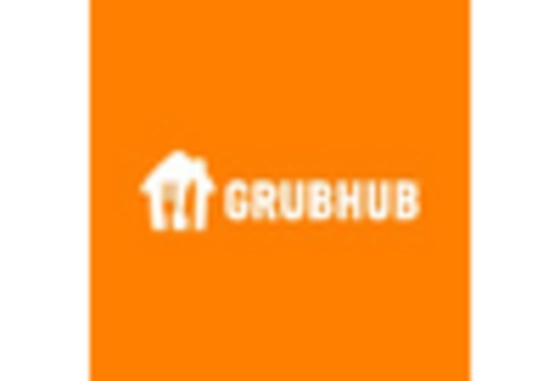
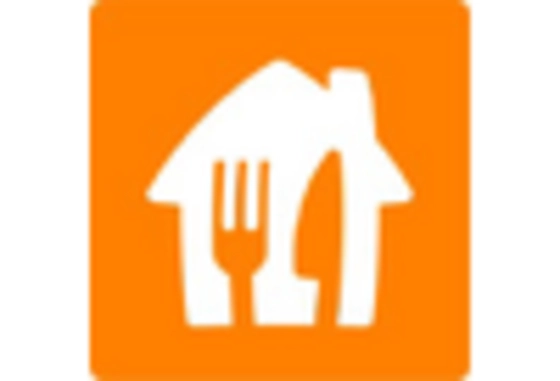
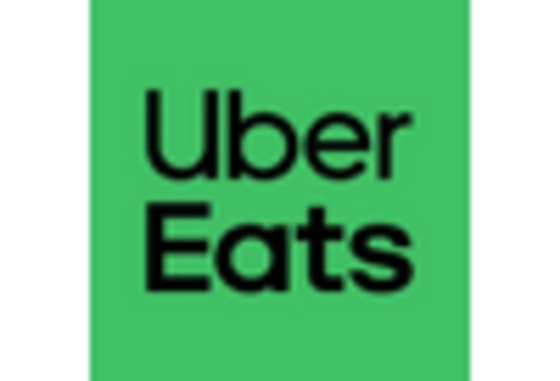
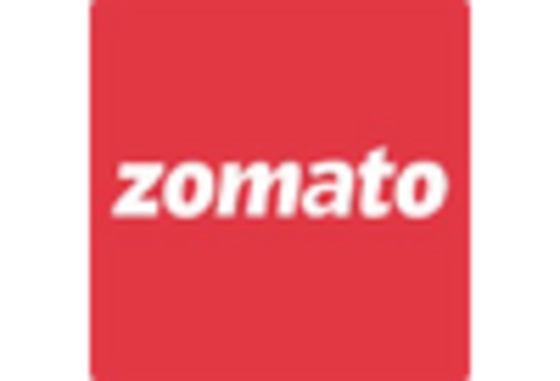








Leave a Comment